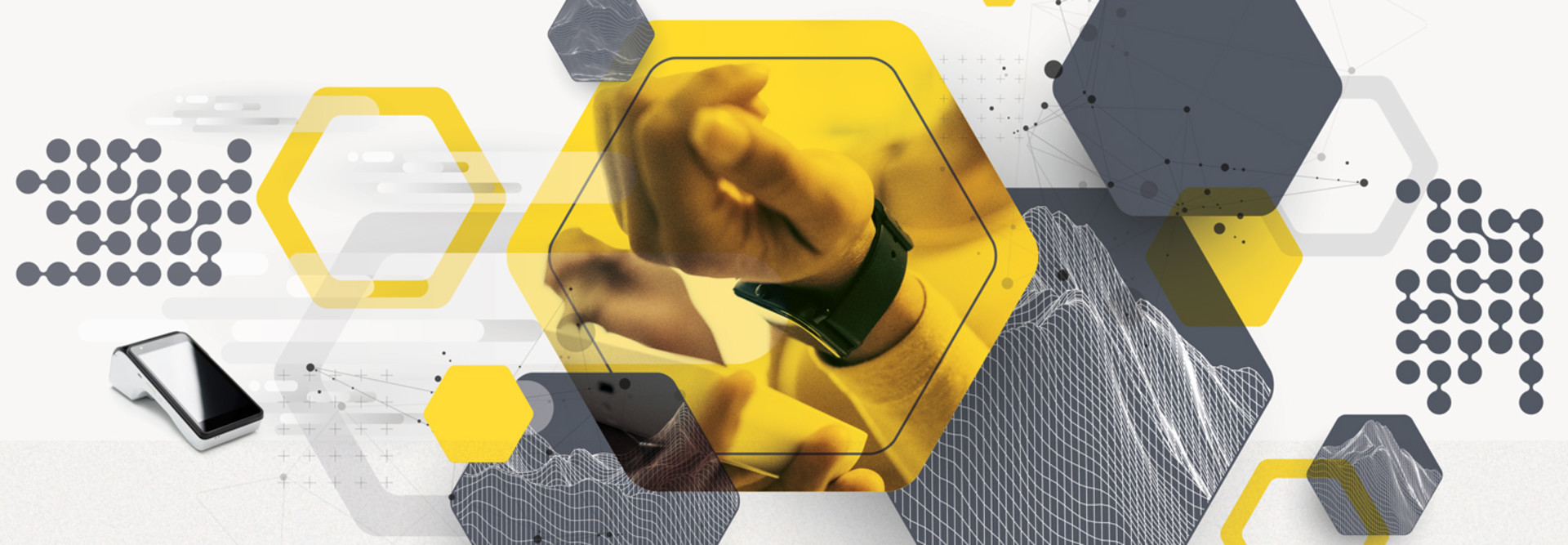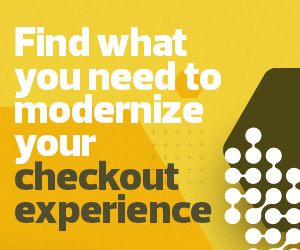The other key element is mobility within the store: Mobile point-of-sale (POS) technology allows retailers to spread transaction points around the store, enabling customers to avoid jammed checkout lines.
Build Strong Connectivity to Power Modern Checkout
Organizations that want to modernize transactions for their customers need to start with basic infrastructure. Networking is key in this area, as organizations must ensure all of their checkout solutions are connected to the same place.
“It starts with the connectivity piece,” says Szanger. “That's really the foundation, to make sure you can build everything else on top of it.”
“If you don't have the right connection to your data, it doesn't matter what your point-of-sale solution is,” he adds. “You have to have a good, solid connection that's fast and consistent, that just simply works.”
Next-generation tools such as 5G and Wi-Fi 6 provide big benefits for both workers and customers. For employees, this strong connectivity creates a seamless experience when managing inventory or processing transactions. In a modern retail space, these operations can happen from any corner of a store, making mobility key.
For customers, it has become standard to research products before buying them. Even when browsing in person, shoppers may want to look up additional information about what they intend to purchase, compare prices or even attempt to combine online coupons for their transaction. If customers don’t have service on their phones, they may walk out empty handed.
Click the banner below to discover the best practices for modernizing retail checkout.













